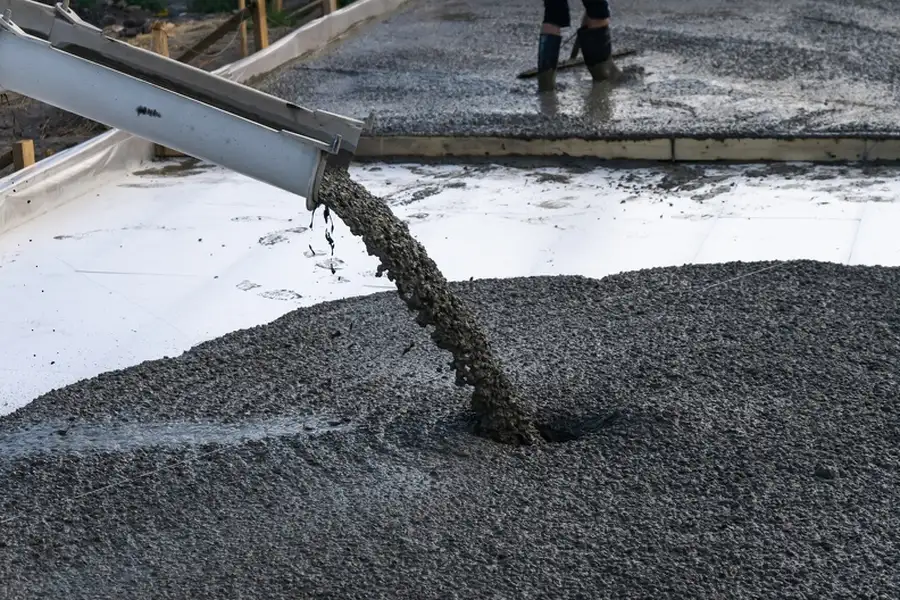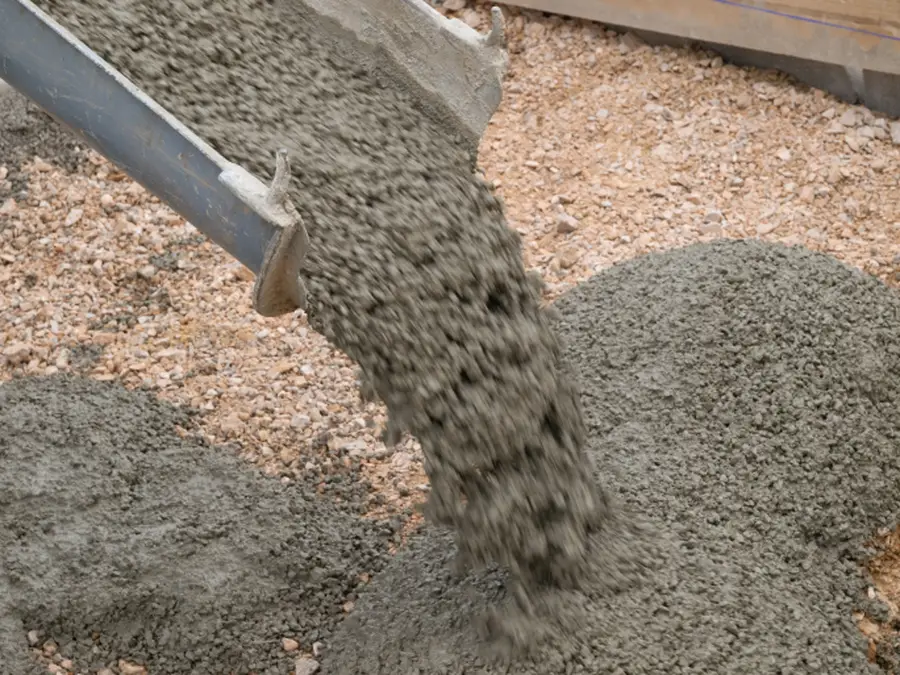Understanding the Challenges of Mixing and Setting Concrete
When undertaking construction projects, knowing the common mistakes to avoid during concrete pouring is crucial. Proper handling and mixing can significantly impact the durability and strength of the final structure. Many builders, especially those new to the process, might overlook key details that could lead to costly repairs or even structural failures. By understanding these pitfalls, you can ensure a more successful project with lasting results. Let’s explore some critical factors to keep in mind during this essential phase of construction.

Mixing Ratio Errors
One frequent issue arises from incorrect cement-to-water ratios. Maintaining the right consistency is vital for the mixture’s integrity. Too much water can weaken the mix, while too little can make it unworkable. Concrete pouring requires precise measurements; deviating from recommended ratios often leads to compromised structures. Consistency should be checked regularly throughout the process to prevent any uneven mixes from being used in the build.
- Avoid excess water for stronger end results
- Regularly verify mix consistency
- Use correct equipment for measuring materials
- Double-check ingredient proportions before mixing
Poor Timing and Weather Conditions
The timing of your work plays an integral role in successful concrete pouring. Begin by considering environmental conditions, such as temperature and humidity. Extreme weather can greatly affect setting times, potentially leading to cracks or weak spots. It’s important to plan pours when conditions are optimal and monitor forecasts closely. Be prepared to adjust your schedule if unforeseen weather issues arise, ensuring that each step aligns perfectly with best practices.
Lack of Proper Curing Techniques
Curing is another fundamental aspect often disregarded in the concrete pouring process. Without adequate curing, the concrete may not reach its full potential in terms of strength and longevity. Regularly keeping the surface moist and protected against harsh elements prevents drying out too quickly. Implement shading or coverings where necessary, allowing the mixture ample time for slow and steady hardening, which contributes to a robust final product.
Inefficient Use of Reinforcement Materials
Incorrect installation or use of reinforcement materials like steel bars can undermine the entire structure’s stability. Ensure these materials are accurately positioned within forms before concrete pouring begins, providing extra support where needed. Misaligned or missing reinforcements can result in unnecessary pressure points that increase failure risks over time. Careful planning and execution help avoid these pitfalls, delivering safer and longer-lasting results.

Contact Us for Expert Assistance
For professional guidance on your next project, reach out to us at (407) 954-3951. Based in St. Cloud, FL, we offer comprehensive services tailored to your needs. At Allreds Construction LLC, our team is dedicated to helping you avoid common pitfalls and achieve outstanding outcomes in all your construction endeavors.